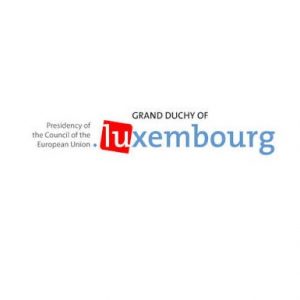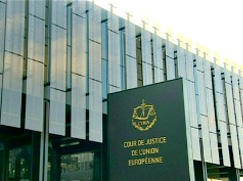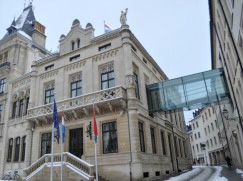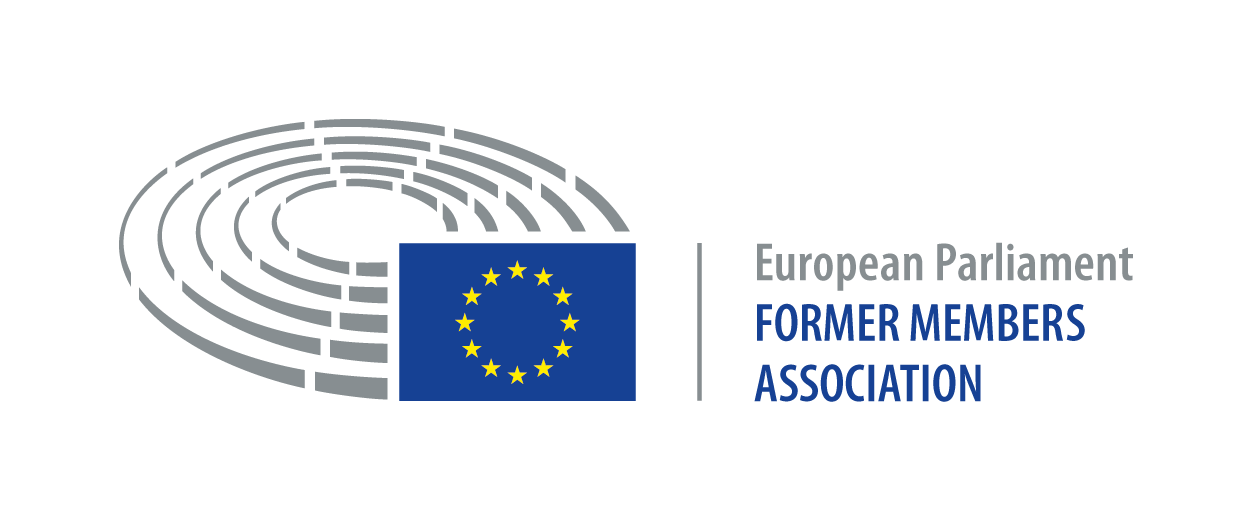
- This event has passed.
2015 FMA Visit to Luxembourg

Ressources
The trip to the Member State holding the Presidency of the Council of the EU was done this year together with the Study day 2015. The trip took place from 12 to 14 November 2015. Meetings took place at the Court of Justice of the European Union, the European Court of Auditors, the Chamber of Deputies and the Association of the Former Members of the Chamber of Deputies. An optional visit to Schengen was organised on Saturday 14 November.
Mission report
During a study visit to Luxembourg City – Luxembourg holds the EU Council Presidency for the second half of 2015 – the delegation met a number of senior figures from the Court of Auditors.
We received a warm welcome from Henri Grethen, the Luxembourg Member of the court, who gave an extremely interesting presentation on how the institution works (the presentation is available at eca. europa.eu and is recommended reading for anyone with an interest in the court). For 2015, the court, which has 900 members of staff, has an operating budget of EUR 141.3 million. It performs audits on the European Development Fund, the EU’s 51 agencies and other bodies, loans and borrowings, including in connection with the European Financial Stabilisation Mechanism, as well as the European Central Bank, focusing on the operational efficiency of the bank’s management.
Iliana Ivanova, the Bulgarian Member of the court, spoke about her regular contacts with Parliament’s specialised committees, political groups and individual rapporteurs. Given that some of our colleagues had sat on the Committee on Budgetary Control, a number of highly specific and detailed questions were asked during the discussion.
Fabrice Mercade stressed the importance of inter institutional relations. He said the court was keen to ensure that greater account was taken of its remarks, as its recommendations often went unheeded. The court would be moving to an interactive, paperless communication strategy and its spokesperson would start using social media to bring the court’s activities to the attention of a wider audience. Lazaros S. Lazarou’s presentation on the annual report for 2014 and beyond was of particular interest, as it was the first report to cover the multiannual plan for 2014-2020. The report stated that the primary focus would be on performance and that the lower-than-forecast rate of 4.4% (instead of 5.5%) had been achieved as a result of management assessment measures.
A large number of questions were asked by the 10 speakers, each of whom had a limited time slot. The topics addressed included the functioning of the court – in particular the arrangements for appointing auditors a phrase famously uttered by the father of modern science, Galileo Galilei. The exhibition focuses on the relationship between the visual arts and technology in creating a shared, collaborative space. In the same spirit, even the café, where we spent a pleasant few moments, is an integral part of the museum visit, being made up of two long tables nestled under a canopy designed by the Bouroullec brothers. MUDAM’s location on the Kirchberg plateau, a bustling hub of modern Europe, is perfect for exploring some of Luxembourg’s most interesting architecture just across the Court of Justice, where we spent a day to gain a better understanding of the EU’s legal set-up following last month’s reform. The CJEU, designed by Dominique Perrault, is an imposing, iconic building more than half a kilometre long and with around 124 000 m2 of floor space. It is located in Luxembourg’s business district and stands alongside offices and banks including Christophe Ingenhoven’s cutting-edge European Investment Bank building.
The CJEU, which has a wonderful display of art works, is arranged over several levels, with a height difference of 12 m between the square on which the original building was constructed and the 300m-long covered gallery that lies below. The gallery links the buildings and houses the café, the canteen, a spacious law library and a number of courtrooms. The two 24-storey, 107m-high tower blocks clad in golden anodised aluminium are particularly striking. The towers light up when the sun’s rays reach them in the morning and turn an intense golden colour at sunset. The President of the CJEU, Koen Lenaerts, reminded us of the Court’s key role in ensuring that Community law is applied uniformly in all the Member States, which is essential if the EU is to retain its credibility. Pieces of legislation adopted under the codecision procedure sometimes contain shortcomings that leave them open to different interpretations and it is the Court’s task to give a clear, transparent and unambiguous interpretation. The Court has an extremely busy research department which carries out research in all areas with reference to the national legal systems of the 28 Member States. A number of meetings with judges and staff, attendance at a hearing in the main courtroom and discussions on a number of important cases with Paschalis Paschalidis, legal secretary to the First Advocate-General, and Claudia Schmidt, legal secretary to Judge Egils Levits, helped us gain a clearer picture of how the CJEU goes about ensuring that the Lisbon Treaty is correctly interpreted and applied. The group discussed the advantages and disadvantages of the recently approved General Court reform during an informative round-table discussion with Court of Justice judges Alexander Arabadjiev, Francois Biltgen and Maria Berger, General Court judge Maryanna Kancheva, and Civil Service Tribunal judge Rofes i Pujol.
The CJEU reform consists in increasing the number of judges at the General Court and incorporating the Civil Service Tribunal into the General Court. The approval of the reform, and the resulting strengthening of the General Court, means that the CJEU will be able to continue to work efficiently on behalf of EU citizens in delivering high-quality judgments. The reform will help the CJEU to keep up with an increased caseload and to guarantee that judgments are handed down within a reasonable time as established in the EU Charter of Fundamental Rights.
Monica Baldi EPP-ED, Italy (1994-1999)


